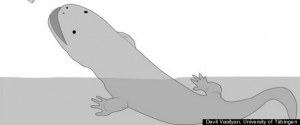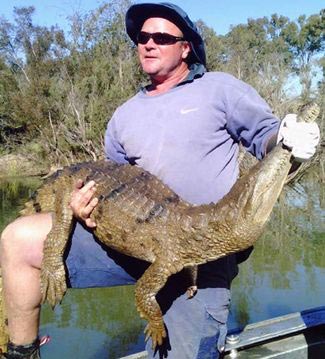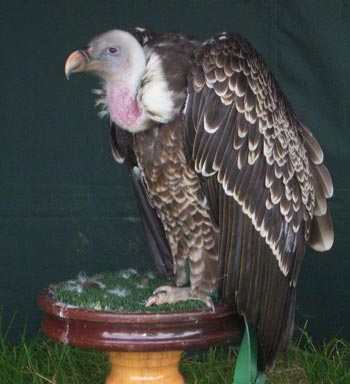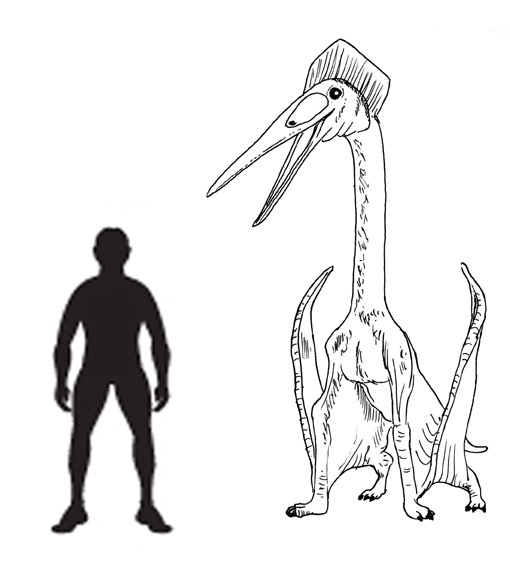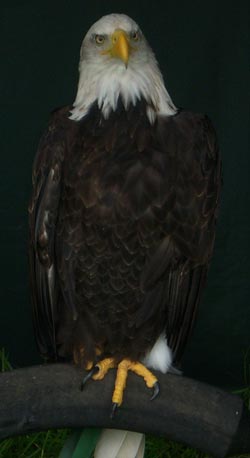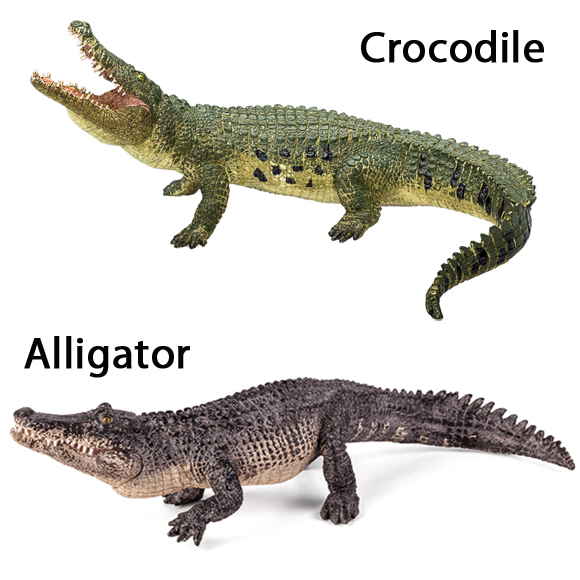News stories and articles that do not necessarily feature extinct animals.
Giant Salamanders Terrestrial Hunters of the Palaeogene
Research Shows that Giant Salamanders Were Once Land Dwelling Hunters
There are several species of giant Salamander living today, the largest Megalobatrachus japonicus grows up to 1.5 metres in length. Like all giant Salamanders this species prefers fast running, well-oxygenated streams and they are all very much aquatic creatures. However, a team of scientists studying ancestral giant Salamander fossils found in the Gobi desert; suggest that during the Palaeogene, these amphibians were very much at home on the land. Not only were these giant Salamanders terrestrial, but studies of the skull fossils and teeth indicate that these animals probably hunted on land too.
Giant Salamanders
Giant Salamanders are found today in Asia, with one species known from the United States. The heads and bodies of these creatures are flattened, the tail is laterally flattened and the paired limbs are relatively small and weak when compared to the rest of the body. Modern giant Salamanders lack eyelids and the larval teeth are retained into adulthood. In fact these amphibians only undergo a partial metamorphosis from the larval stage and retain larval characteristics as mature animals (a form of neoteny – when traits of juveniles are seen in adults).
Scientists studying the fossilised remains of the oldest known member of the Giant Salamander group (Cryptobranchidae), fossils found in Mongolia and dated to around fifty-five million years ago, have proposed that these animals were adapted to a life on land.
Four specimens of the Palaeogene species Aviturus exsecratus located at the Moscow Palaeontological Institute reveal that these amphibians had robust limbs, strong backbones and powerful jaws that suggest adaptations to a terrestrial environment.
Vertebrate palaeontologist Davit Vasilyan of the University of Tübingen (Germany) who helped write the scientific paper on this study states that Aviturus exsecratus had the strongest head muscles of any giant Salamander, suggesting it went on land to hunt. Supporting this idea is the fact that fossil remains of this salamander were found in rock typically formed from water’s-edge sediments. Unlike their modern descendants, these early Cenozoic amphibians went through extra stages of metamorphosis and lost some of the juvenile traits that are retained in adults today. The teeth for example, were much more developed than the teeth found in the large, wide mouths of their modern counterparts.
The evolution of terrestrial giant Salamanders coincides with a period of dramatic global warming (Palaeocene-Eocene Thermal Maximum), a time when much of the Earth became covered in tropical rain-forest and global temperatures rose to an average of around 26 degrees Celsius (compared to an average today of just 14 degrees Celsius).
Dr Vasilyan proposes that giant Salamanders first appeared as land based carnivores during this warm era, perhaps exploiting niches in the ecosystems that had yet to be properly filled after the mass extinction event that ended the Mesozoic some ten million years earlier. When global temperatures began to drop, these amphibians abandoned their more complete adult forms adapting to an entirely aquatic existence which still persists today.
Giant Salamanders Once Hunted on Land
Picture credit: Davit Vasilyan
It seems that these rare, aquatic creatures that we know today, were once powerful, land-based hunters.
For models and replicas of prehistoric creatures: Models of Prehistoric Creatures (CollectA Age of Dinosaurs Popular).


